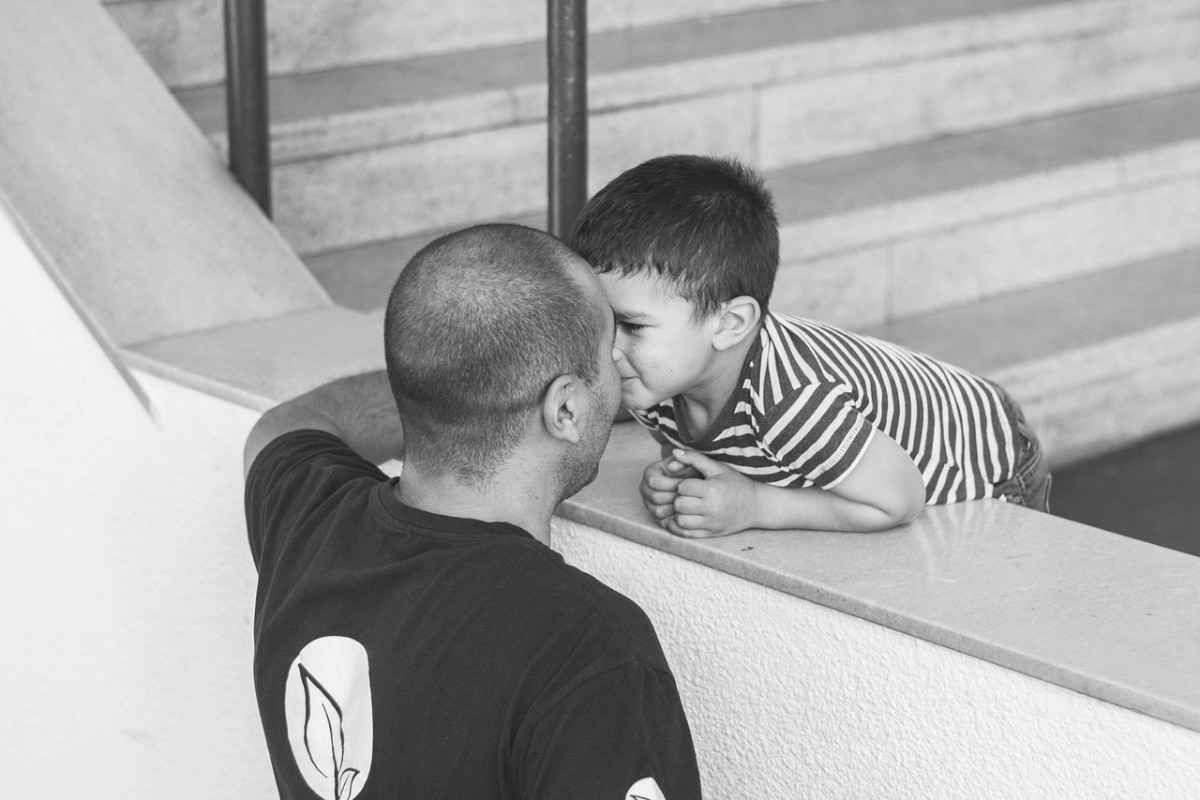Respect is one of the most fundamental values we can teach our children. It’s the foundation for healthy relationships, empathy, cooperation, and emotional intelligence.
But what exactly is respect—and how can we explain it in a way that a child can grasp, internalize, and practice?
The truth is, respect is more than just saying “please” and “thank you.” It’s about how we treat others, how we speak and listen, and how we navigate differences.
Teaching respect is not a one-time conversation—it’s a way of parenting and modeling values that shape our kids for life.
In this article, we’ll break down how to define and teach respect in age-appropriate ways, how to model it as a parent, and how to reinforce it with real-life examples and daily habits.
1. What Is Respect? A Child-Friendly Definition
To make respect understandable to a child, the definition needs to be simple, relatable, and action-based.
You might say:
“Respect means treating people the way you want to be treated. It means using kind words, listening when someone is talking, and caring about how others feel.”
Or:
“Respect is when you show someone they are important by the way you speak, act, and listen.”
For younger children, using comparisons can help:
- “Do you like when someone grabs your toy? No? Showing respect means asking first.”
- “Do you like when someone listens to you? That’s being respectful.”
Tip: Reinforce that respect isn’t just for grown-ups—it’s for everyone, including friends, siblings, teachers, and even animals and things.
2. Why Respect Matters (and Why Kids Need to Know That)
Children are naturally curious and often test limits. Explaining why respect is important helps them see its value beyond just “because I said so.”
Teach them that respect:
- Builds trust and friendship
- Makes people feel safe and valued
- Helps solve problems without yelling or fighting
- Is a sign of strength, not weakness
When kids understand the “why,” they are more likely to internalize the “how.”
3. Model Respect: Kids Do What You Do
One of the most effective ways to teach respect is by showing it in your own behavior. Children are always watching—and absorbing—how we interact with them and others.
Ways to model respect daily:
- Use polite language: Say “please,” “thank you,” and “excuse me” regularly—even with your child.
- Listen actively: Get down to their level, make eye contact, and let them finish speaking before responding.
- Avoid sarcasm or name-calling: Even in moments of frustration.
- Respect boundaries: Knock before entering their room. Ask before going through their things.
- Treat service workers, teachers, and strangers with kindness and dignity.
When your child sees respect in action, they’re far more likely to mirror it.
4. Make Respect a Two-Way Street
Children are more receptive when they feel respected themselves. If we constantly demand obedience without mutual respect, we risk raising kids who fear authority or rebel against it.
Show your child that respect goes both ways by:
- Valuing their opinions—even when you disagree.
- Apologizing when you’re wrong.
- Letting them express emotions without punishment (while setting limits on aggressive behavior).
- Involving them in decision-making when appropriate.
When kids feel heard and valued, they’re more likely to treat others the same way.
5. Break Respect Into Categories Kids Understand
Respect can be taught through five main categories. Use real-life examples to explain and reinforce each one.
1. Respect for Self
- Making good choices for your body and mind
- Believing in your worth
- Saying no to things that feel wrong
Example: “Brushing your teeth and eating healthy food shows respect for yourself.”
2. Respect for Others
- Using kind words and actions
- Listening and taking turns
- Accepting differences
Example: “Even if someone looks or talks differently than you, they still deserve kindness and fairness.”
3. Respect for Authority
- Following rules at home, school, and in public
- Talking politely to teachers, elders, and community helpers
Example: “When your teacher gives you instructions, listening shows you respect their role.”
4. Respect for Property
- Taking care of your own belongings
- Asking before using others’ things
- Cleaning up after yourself
Example: “When you draw on the walls, it shows disrespect for our home.”
5. Respect for Nature and Animals
- Not littering
- Treating pets and wildlife gently
- Protecting the planet
Example: “When we pick up trash at the park, that’s showing respect for nature.”
6. Use Stories and Role Play to Reinforce Respect
Kids learn best through storytelling and interactive play. Use books, cartoons, or daily scenarios to explore respectful and disrespectful behavior.
Activities:
- Read books like:
- “Do Unto Otters” by Laurie Keller
- “What If Everybody Did That?” by Ellen Javernick
- “Have You Filled a Bucket Today?” by Carol McCloud
- Role-play scenarios:
- “What would you do if someone cut in line?”
- “How can you show respect when your friend is feeling sad?”
- Use dolls or stuffed animals to act out respectful conversations or conflicts.
Storytelling makes abstract values like respect tangible and memorable.
7. Teach Respect Through Discipline—Not Punishment
Discipline rooted in respect helps children learn from mistakes instead of fearing them.
Instead of:
- Yelling or shaming
- “Because I said so”
- Physical punishment
Try:
- Calmly explaining what behavior was disrespectful and why
- Offering a “redo” moment to practice respectful behavior
- Using natural consequences when appropriate
Example: “You shouted at me. Let’s try that again using your calm voice so we can work together.”
This approach fosters responsibility and respect without resentment.
8. Encourage Empathy: The Root of Respect
Respect and empathy go hand-in-hand. When kids understand how others feel, they’re more likely to treat them with care and consideration.
Ways to build empathy:
- Ask: “How would you feel if someone did that to you?”
- Talk about emotions: “He looks sad. What do you think happened?”
- Encourage perspective-taking: “What do you think your friend was thinking when that happened?”
Empathy helps children see beyond themselves—an essential step toward respectful behavior.
9. Praise Respectful Behavior When You See It
Positive reinforcement goes a long way. When you notice your child showing respect, call it out specifically.
Instead of just “Good job,” try:
- “I saw how you waited your turn so patiently. That was very respectful.”
- “You really listened when Grandma was talking—that made her feel appreciated.”
- “Thanks for asking before taking your sister’s toy. That’s showing respect.”
This tells your child exactly what behavior to repeat—and that it matters.
10. Be Patient—Respect Is a Skill That Takes Time
Just like learning to ride a bike, respect is a skill that develops over time. Expect bumps, backslides, and plenty of reminders.
What’s most important is consistency, modeling, and teaching with love and intention.
Even when your child slips up, treat it as a learning moment, not a failure.
Conclusion: Raising Respectful Kids Starts With Us
Teaching respect isn’t about control—it’s about connection.
When we define respect in ways that kids understand, show them how it looks in action, and treat them with the respect we hope to see, we raise children who are kind, thoughtful, and emotionally intelligent.
In today’s fast-paced, often polarized world, raising respectful kids isn’t just a parenting goal—it’s a gift to our future society.
Start with the small things. Use everyday moments. And remember: your respect teaches theirs.









